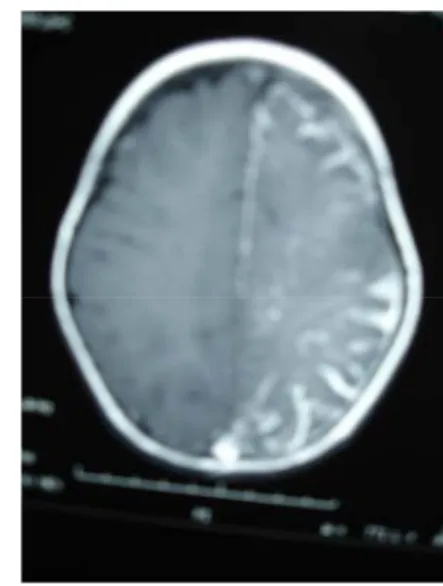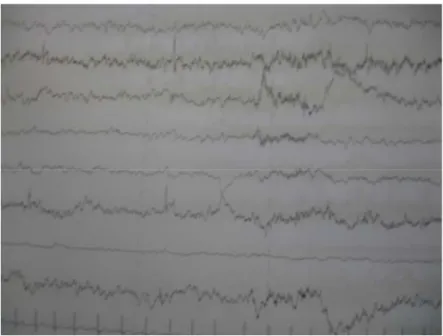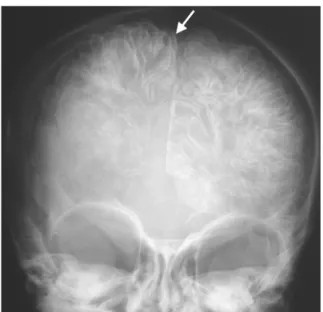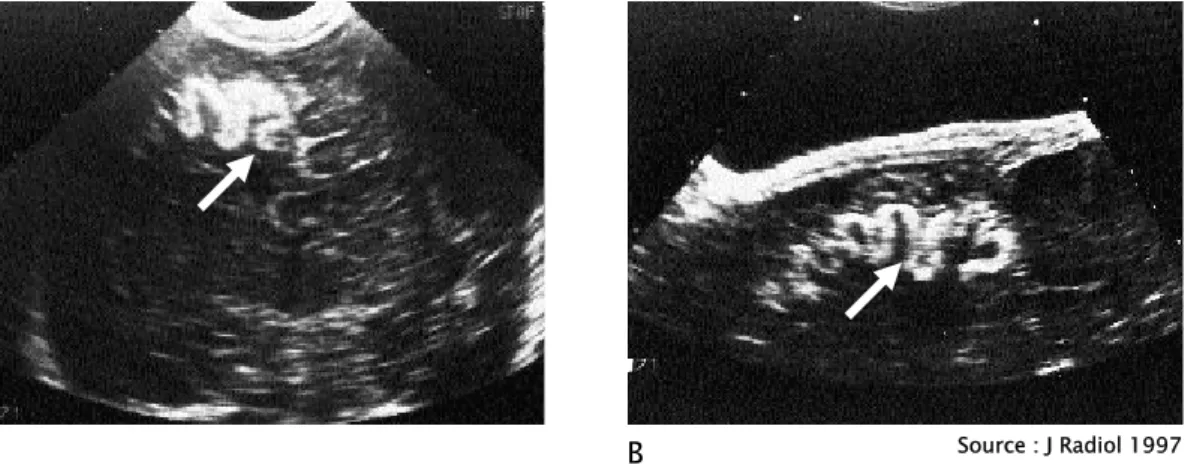Maladie de Sturge-Weber-Krabbe : à propos de quatre cas
Texte intégral
Figure




Documents relatifs
Thanks to the huge market of the smartphone and the em- bedded camera, small size and low power LiDAR are, and will be in the very near future, the best candidates for the autofocus
In this study, we focus on the parameters thought to be important in controlling the stability and structure of primordial dense reservoirs in the lower mantle, including the
In an effort to balance the specific circumstances of her selected cases with a regional view of domestic service reform, Blofield structures Care Work and Class around two
The positive anomaly extending down to a depth of 300 km (white arrow) is located beneath the intersection point between the profile and the tectonic suture between the Kare- lian
This second volume in a eontinuing series ad- dressed to membrane transport in biology is rocused on the characteristics of transport in seven well-studied membranes: the
To conclude, let us recall again that (i) accounting for ascertainment bias in MCMC inferences would bring-up the difficulty described here for all hierarchical Bayesian models based
We present two real-world hash function properties, called random-prefix preimage (rpp) and random-prefix second-preimage (rpsp) resistance, and we show that they are at the same
The Assisi Nature Council, an international organization which considers environmental education—future- oriented and ethically motivated—as the centre of its sta- tuary purposes,





